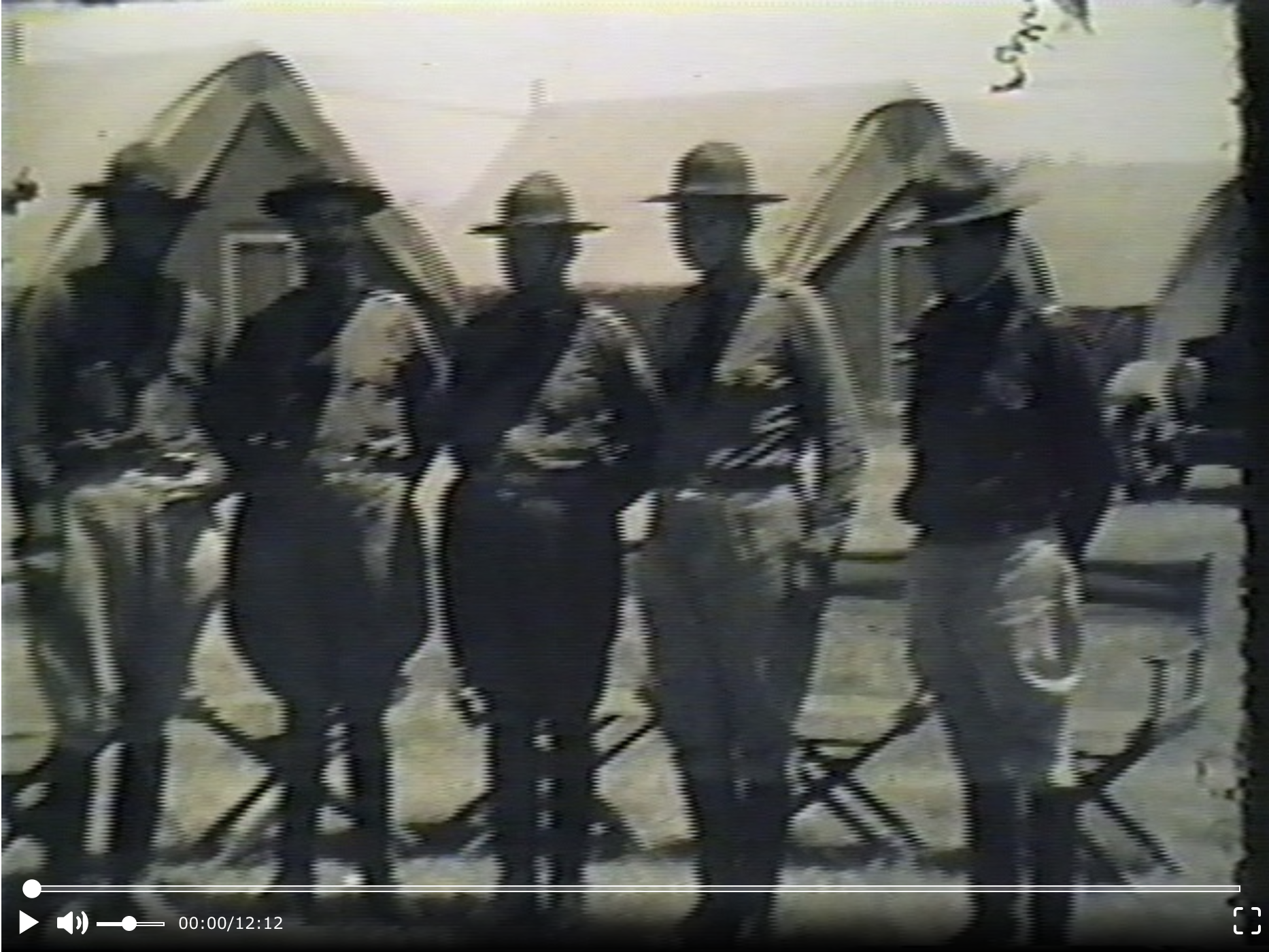E. O. Goldbeck and the Famous 36th Infantry
Tags: historic photo, History Collection, WWIIE.O. Goldbeck, Living Insignia of the Famous 36th Division, Palacios, Texas, July 1926
Gift of Alice and Bill Wright
E.O. (Eugene Omar) Goldbeck was a commercial photographer active in Texas in the early 1900s until his death in the mid-1980s. He was a second generation German-American and grew up and lived in San Antonio. He began his career early, taking photographs of his high school classmates, and then become a freelance photographer for various San Antonio newspapers. He soon found himself taking panoramic photographs of large groups, which led up to his service in World War I in the photographic division of the Aviation Section of the Signal Corps. He started his own company in 1921 after the war called the National Photo Service and became a successful independent photograph supplier to various news outlets. Up until World War II, Goldbeck went around to United States military bases throughout the world to do group photographs, raising “Panoramic photography to a true art.” This group photograph of the 36th Infantry Division in Palacios, Texas is one such photograph taken in 1926.
The Harry Ransom Center at the University of Texas at Austin houses the E.O. Goldbeck Papers and Photography Collection, all of which is digitized and searchable.
The 36th Infantry Division formed during World War I and fought in France throughout the duration of the war. They were comprised of soldiers from both Texas and Oklahoma until after the First World War. The patch for the division, which you see in this photograph, is a symbol for both states – the arrowhead for Oklahoma and the “T” for Texas. The 36th Infantry Division trained at Camp Palacios, later called Camp Hulan, which was located in South Texas on the Tres Palacios Bay after the WWI. The camp operated between 1925 and 1944 until it became a German Prisoner of War Camp.
CITATION
https://norman.hrc.utexas.edu/fasearch/findingAid.cfm?eadid=01136
https://norman.hrc.utexas.edu/fasearch/findingAid.cfm?eadid=00691
https://tshaonline.org/handbook/online/articles/fgo49
https://tshaonline.org/handbook/online/articles/qbc17

